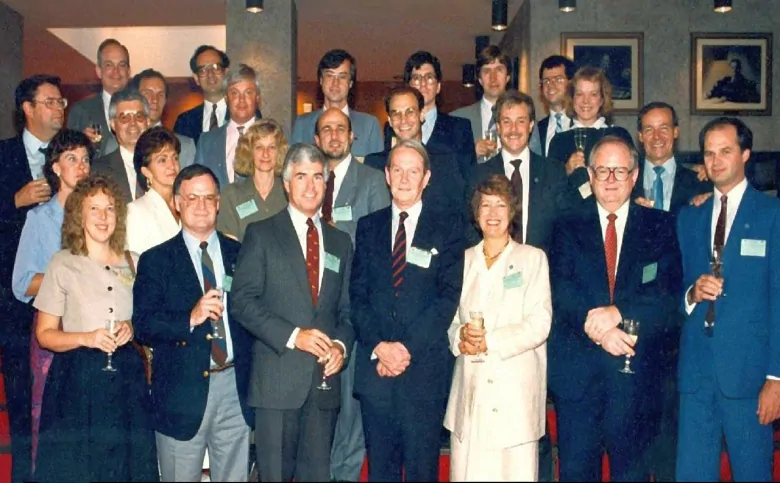When we saved the ozone layer, we saved ourselves from even worse climate change

One of the great environmental success stories of the last century was the 1987 Montreal Protocol. And according to new research from Australia, we now know it not only saved the ozone layer, but it also saved us from significant climate change.
“Without [the Montreal Protocol], we would have had at least a quarter more global warming than we have today,” climate change researcher Matthew England, told Quirks & Quarks host Bob McDonald.
What the Montreal Protocol accomplished
The Montreal Protocol was the first treaty in United Nations’ history to achieve universal ratification, and many consider it to be the most successful global environmental action to date.
“Without the Montreal Protocol, we would have reached 1.5 degrees above pre-industrial levels already, and we would have no chance of meeting the Paris Agreement,” said England.
Chlorofluorocarbons, or CFCs, are man-made chemicals that were widely used in refrigeration and air conditioners before they were banned by the protocol. They’re also potent greenhouse gases, thousands of times more powerful than carbon dioxide, and can remain in the atmosphere for up to 100 years.
The protocol’s ban on CFCs was in response to research showing that they were destroying the ozone in the upper atmosphere. That ozone filters out dangerous ultraviolet radiation from the sun.
Thinning of the ozone layer and the ozone “holes” that appeared over polar regions threatened organisms on Earth.
The treaty was a great success — CFC levels have been dropping since the ban came into effect, and the ozone layer has been slowly healing.
Secondary benefits from the Protocol
The new study looked at other benefits of the treaty by modelling what would have happened to Earth’s climate if the Montreal Protocol had never banned CFCs, and their production, use and release had continued.

Researchers used a climate model to simulate climate conditions had CFCs not been banned, but instead experienced the kind of growth in use that would have been reasonable considering the worldwide growth in air conditioning and refrigeration.
The models found that by mid-century, Earth would be on average at least one degree warmer than it would have been without the agreement, under a conservative CFC growth trajectory of three per cent per year.
The scenario also showed that without the ban on CFCs, the Arctic region of Canada would be already at least one degree warmer and experiencing 25 per cent more sea ice melt than what we’re seeing today. Ice loss from Greenland would have been significantly more rapid as well, said England, which would have contributed to sea level rise.
“You can just imagine turning up the volume of climate change to about 25 to 100 per cent of the scale of what we’re seeing now,” he said.
‘We need the Paris Agreement to be our Montreal Protocol’
England said this is a “feel good story” and hopes the Paris Agreement will follow in the footsteps of the Montreal Protocol. However, he admits that the challenges are much greater this time.
The industries that depended on CFCs had a relatively easy time finding replacement chemicals without the negative effects on the ozone layer. Getting the world to stop using fossil fuels is a far bigger challenge.
But England is not giving up hope.

“All the technologies that we need to solve this problem have actually been around in their infancy for at least 30 or 40 years,” he said. Solar power has been around since the 1970s, but he suggests technology advances made over the last four decades have been slower than they might have been.
“What’s missing is the incentive to push forward the development of renewable energy,” said England.
“We have this great example of the Montreal Protocol that solved this problem. We can do the same thing again. We need the Paris Agreement to be our Montreal Protocol for carbon dioxide emissions.”





